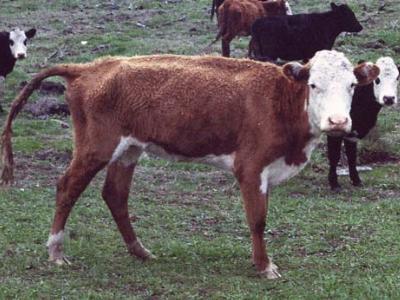Cow Health: Copper deficiency

Copper (Cu) deficiency in cattle is a common and complex problem.
Dairy cows are most likely to be deficient in winter/early spring, coinciding with higher demands over this period for pregnancy and early lactation. Fast growing calves over six months of age are also likely to be deficient.
Symptoms of copper deficiency
In cows:
- Weight loss
- Scouring
- Reduced milk yields
- Reproductive problems
- Lightening of coat colour
- Anaemia
In calves:
- Poor growth rates
- Scouring
- Bone fractures
- Lightening of coat colour
- Loss of co-ordination in hind limbs.
Treatment
In general, early lactating dairy cows will not be getting sufficient copper from a pasture diet, therefore supplementation is likely to be beneficial.
- Two weeks should elapse after Zn treatment has finished, and animals that have Facial Eczema should not be treated for Cu due to risk of heavy metal poisoning.
- Be aware that Cu poisoning can occur as a result of excess intakes of Cu (drenches, licks and eating pasture recently fertilised with Cu additives)
- If in doubt consult your vet.
Further information
Copper deficiency in New Zealand in New Zealand dairy cattle - Farmfact (3-3)
Related news
 Cow Health: Grass staggers
Cow Health: Grass staggers Grass staggers (tetany) is a metabolic disease caused by magnesium deficiency and is also called hypomagnesaemia. The cow is dependant of what Magnesium
 Cow Health: Facial Eczema (FE)
Cow Health: Facial Eczema (FE) Facial Eczema (FE) is a disease which causes lowered production, skin irritation and peeling and sometimes death
 Cow Health: Diarrhoea in Calves (Scours)
Cow Health: Diarrhoea in Calves (Scours) Calf scours is a broad, descriptive term referring to diarrhoea in calves. Calf scours is not a specific disease but the clinical sign of a disease complex with